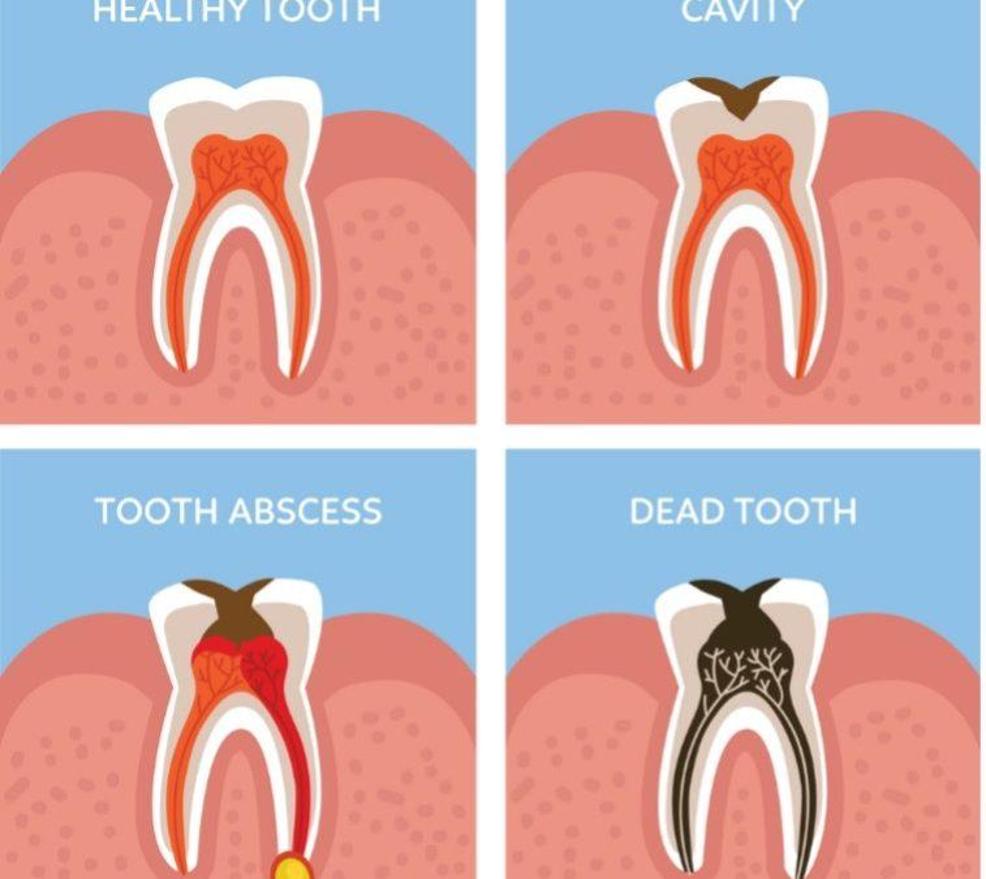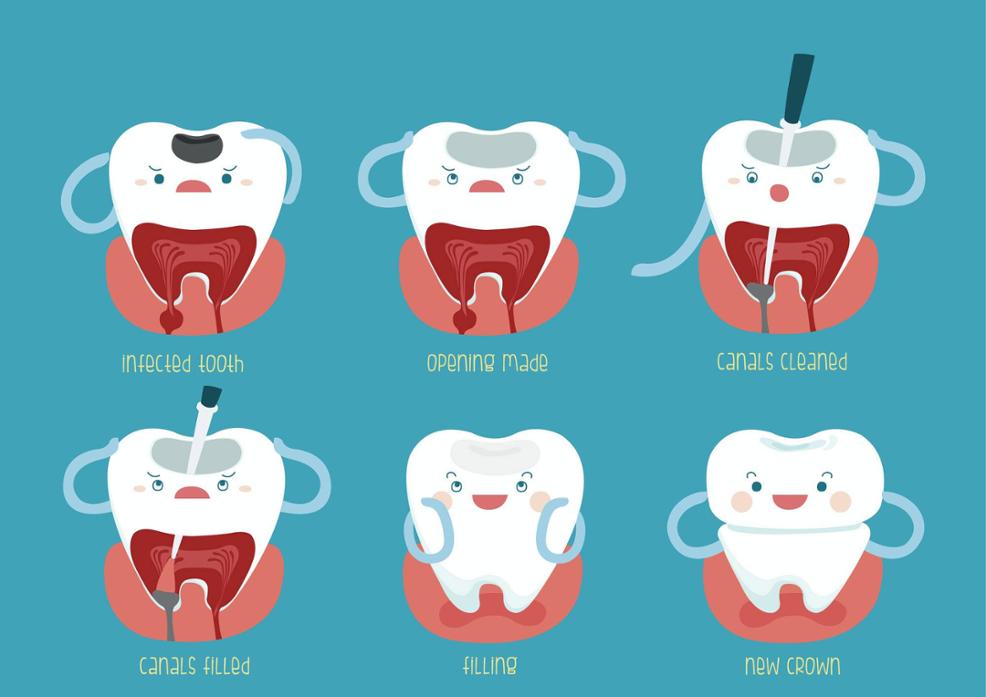Root canal therapy is needed when the nerve of a tooth is affected by decay or infection. In order to save the tooth, the pulp (the living tissue inside the tooth), nerves, bacteria, and any decay are removed and the resulting space is filled with special, medicated, dental materials, which restore the tooth to its full function. Having a root canal done on a tooth is the treatment of choice to save a tooth that otherwise would die and have to be removed. Many patients believe that removing a tooth that has problems is the solution, but what is not realized is that extracting (pulling) a tooth will ultimately be more costly and cause significant problems for adjacent teeth. Root canal treatment is highly successful and usually lasts a lifetime, although on occasion, a tooth will have to be retreated due to new infections. Signs and symptoms for possible root canal therapy An abscess (or pimple) on the gums Sensitivity to hot and cold Severe toothache pain Sometimes no symptoms are present Swellingand/or tenderness Reasons for root canal therapy Decay has reached the tooth pulp (the living tissue inside the tooth) Infection or abscess have developed inside the tooth or at the root tip Injury or trauma to the tooth Benefits of Root Canal treatment Relieves the patient from pain . Eliminates the spread infection from an infected pulp to the surrounding oral tissues. Although the tooth is non living, following RCT, it can can be still maintained in the dental arch which is a great psychological benefit to the patient. The tooth can be restored back to form and function after successful RCT . Avoids the trauma associated with tooth extaction Root Canal Treatment - Procedure RCT may range from a single vist to multiple visits, depending upon the case.
Root Canal
2024 |

